About this SAAS Page
This S as S blog is your go-to resource for:

Zero
%
Investment
Knowledge Development: Explore insights, tutorials, and thought leadership to sharpen your skills and expand your understanding of SaaS ecosystems. SaaS Product Updates: Stay informed about the latest features, releases, and innovations in the SaaS world. Business Growth Tips: Learn strategies to scale your business, improve operations, and drive customer success.
Is SaaS a Profitable Business?
Answer Is Yes. SaaS can be extremely profitable and scalable. The top 10% of SaaS companies achieve 70–90% gross margins and often reach $1M in annual recurring revenue (ARR) with fewer than ten employees. Even bootstrapped SaaS ventures typically generate around $500K in profit per year by the fourth year.
Profitability stems from recurring revenue, low distribution costs, and high scalability. While development and customer acquisition can be challenging early on, long-term returns are strong when the product solves real problems, retains users, and adapts to market changes.
The global SaaS market is projected to exceed $250 billion by 2025, with SaaS dominating the business software landscape. Network effects, faster time to market, and predictable recurring income make it one of the most powerful and efficient business models—offering entrepreneurs flexibility, rapid growth potential, and exceptional leverage in 2025 and beyond.
We believe in open access to valuable information, so everything you find here is completely free. Whether you’re a startup founder, product manager, developer, or just curious about SaaS, you’re welcome here.
In the future, we may introduce structured courses or lessons. If we do, we’ll clearly indicate whether they are free or paid, so you can choose what works best for you.
Thanks for being part of our growing community. Let’s build smarter, faster, and better—together.
frequently asked questions
Your questions, answered with clarity and confidence.
1. What is saas?
Software as a Service (SaaS) is a method of delivering software applications through the internet. Instead of purchasing and installing software on individual computers or servers, users simply subscribe to a service and access it online.
Subscription-based: Most SaaS products operate on monthly or annual subscription models.
Hosted by providers: The software runs on the provider’s servers. They handle maintenance, updates, and security.
Accessed via browser: Users typically log in through a web browser, making it platform-independent.
2. What Are Common Examples of SaaS?
SaaS (Software as a Service) platforms have become integral to modern business operations, powering everything from collaboration to customer management. Here are some of the most popular examples:
Google Workspace – A suite of cloud-based tools including Gmail, Docs, Sheets, and Drive for seamless teamwork.
Microsoft 365 – Online access to Word, Excel, PowerPoint, and Outlook for productivity anywhere.
Salesforce – A top CRM platform for managing customer relationships and sales processes.
Slack – Team communication made easy with channels, messaging, and app integrations.
Zoom – A reliable platform for video meetings, webinars, and virtual events.
Dropbox – Simplified cloud storage and file sharing across multiple devices.
Shopify – An all-in-one e-commerce platform for building and running online stores.
HubSpot – Comprehensive marketing, sales, and customer service software for business growth.
These SaaS applications run directly in web browsers and require no installation, making them accessible, scalable, and ideal for organizations of any size.
3. What Are the Benefits of SaaS?
SaaS (Software as a Service) provides a range of benefits that make it an attractive option for both businesses and individuals:
Cost Efficiency: No need for costly hardware or upfront software investments—most SaaS tools use flexible, affordable subscription plans.
Easy Maintenance: The service provider manages updates, bug fixes, and infrastructure, freeing you from technical upkeep.
Accessibility: Use your software anytime, anywhere, on any device with an internet connection.
Scalability: Easily adjust your plan as your needs evolve—no complex setups or installations required.
Security: SaaS vendors typically offer strong data protection, regular backups, and compliance with industry standards.
Fast Deployment: Get up and running quickly without lengthy installations or configuration.
Automatic Updates: Always have access to the latest features and security improvements.
You may thanks to these advantages, SaaS has become a go-to solution for startups, remote teams, and enterprises seeking agility and efficiency.
4. What Are the Potential Challenges in SaaS?
Although SaaS delivers significant advantages, it also presents several challenges that organizations should be aware of:
Data Security & Privacy: Storing sensitive information on third-party servers can raise concerns about data breaches and regulatory compliance.
Internet Dependency: SaaS relies on a stable internet connection—any downtime or poor connectivity can interrupt access to critical tools.
Limited Customization: Compared to on-premise systems, SaaS platforms often provide fewer options for deep customization or complex integrations.
Vendor Lock-In: Migrating to a new provider can be difficult and costly due to data transfer, compatibility, and contractual constraints.
Performance Variability: Because resources are shared across users, performance may fluctuate during high-traffic periods.
Compliance & Regulations: Businesses must ensure that their SaaS vendors adhere to industry standards such as GDPR or HIPAA.
Recognizing these challenges enables businesses to plan strategically, mitigate risks, and adopt SaaS solutions more effectively.
5. Who Can Start a SaaS?
Anyone with a strong idea and the determination to solve a real problem can start a SaaS business—no big funding or corporate background needed.
Developers & Engineers: Use technical skills to build and launch products independently.
Entrepreneurs & Founders: Combine business strategy with technical collaboration to create scalable solutions.
Students & Hobbyists: Turn side projects or experiments into thriving SaaS ventures.
Existing Businesses: Transition or expand by delivering services through a SaaS model.
Teams & Startups: Blend expertise in tech, design, and marketing to develop and grow successful products.
All you need is a clear problem to solve, the right tools—code or no-code—and consistent execution. 90% of million-dollar SaaS began with one person and a laptop. Your move.
6. What Are the Alternatives to the SaaS Model?
While SaaS (Software as a Service) is widely adopted, several other cloud computing and software delivery models are worth exploring:
IaaS (Infrastructure as a Service): Provides virtualized computing resources such as servers, storage, and networking. Example: Amazon Web Services (AWS).
PaaS (Platform as a Service): Offers a complete development environment for building, testing, and deploying applications. Example: Google App Engine.
On-Premise Software: A traditional approach where software is installed and managed on local servers or computers.
Open Source Software: Software that is freely available and can be modified, customized, and self-hosted.
Hybrid Models: Combine SaaS with on-premise or private-hosted solutions to balance flexibility, control, and performance.
Each model offers unique advantages and trade-offs, depending on your organization’s technical requirements, budget, and scalability objectives.
7. How many people do you need to start a SaaS?
Just 1. 70% of SaaS that hit $1M ARR started solo. You handle idea → build → launch → first 50 customers. Add a co-founder or first hire only when revenue > $10K/month. One person + laptop + grit = enough.
8. How does SaaS work?
You build a web app once. Customers log in, pay monthly, use it instantly—no downloads. You host it on cloud (AWS, Vercel). One codebase serves 10 or 10,000 users. Updates deploy in seconds. Revenue stacks automatically. That’s SaaS: software that scales itself while you sleep.
insights & resources
Practical strategies and updates for modern businesses.
-

Good News for Homeless People – Trump 50 Year Mortgage Plan
Read More: Good News for Homeless People – Trump 50 Year Mortgage PlanThe Trump 50 Year Mortgage Plan is being hailed as good news for countless homeless and low-income individuals across the United States. Once implemented, this…
-

Best Laptop for Business Use in 2025
Read More: Best Laptop for Business Use in 2025in this page, you will get top 10 best laptop for business purpose. to get complete details read this article. Best Laptop for Business Use…
-
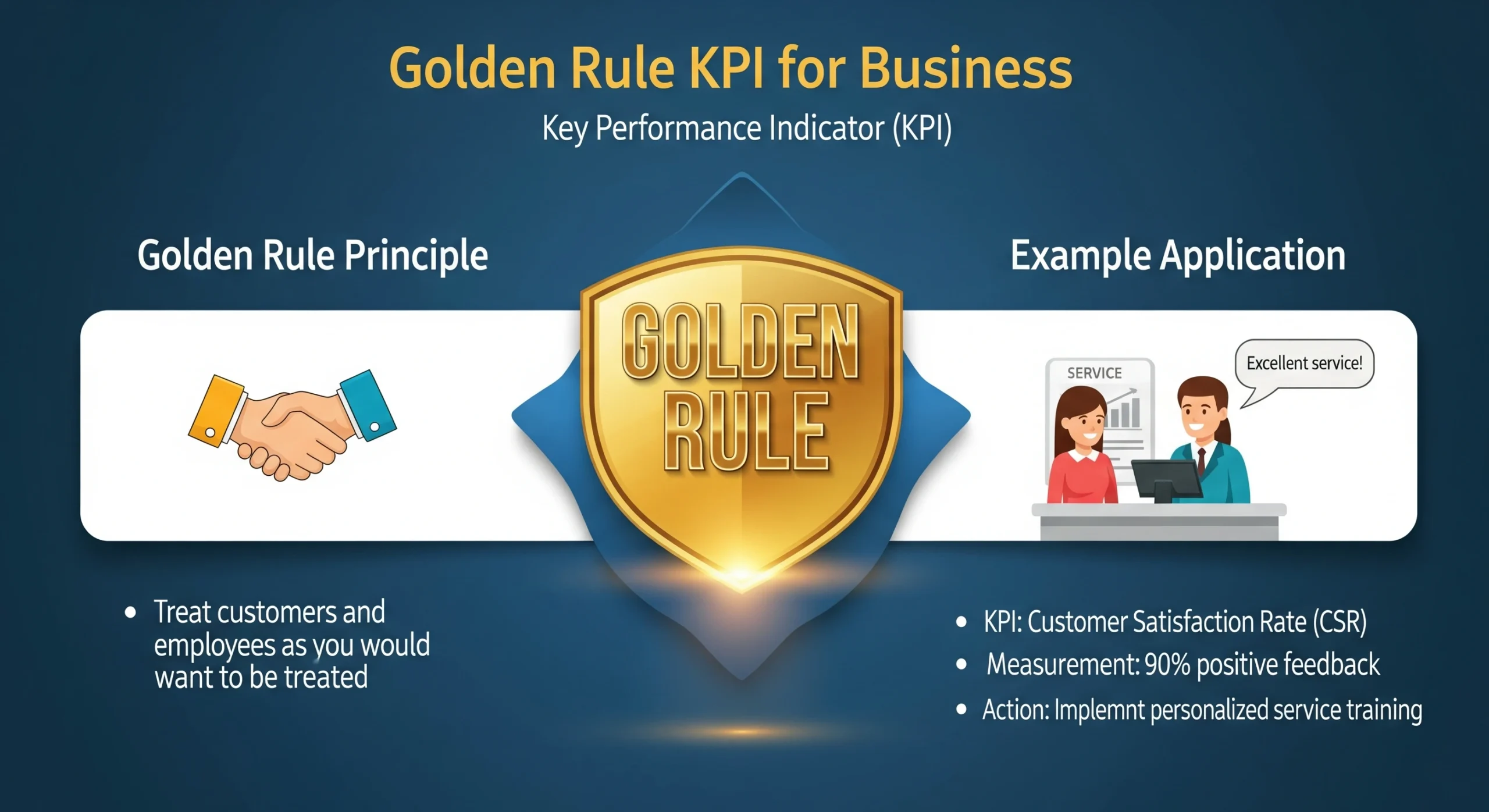
How to Track Key Performance Indicators for Your Business
Read More: How to Track Key Performance Indicators for Your Businesson this page, I will provide step by step process of How to Track Key Performance Indicators for Your Business. You will also get Golden…
-
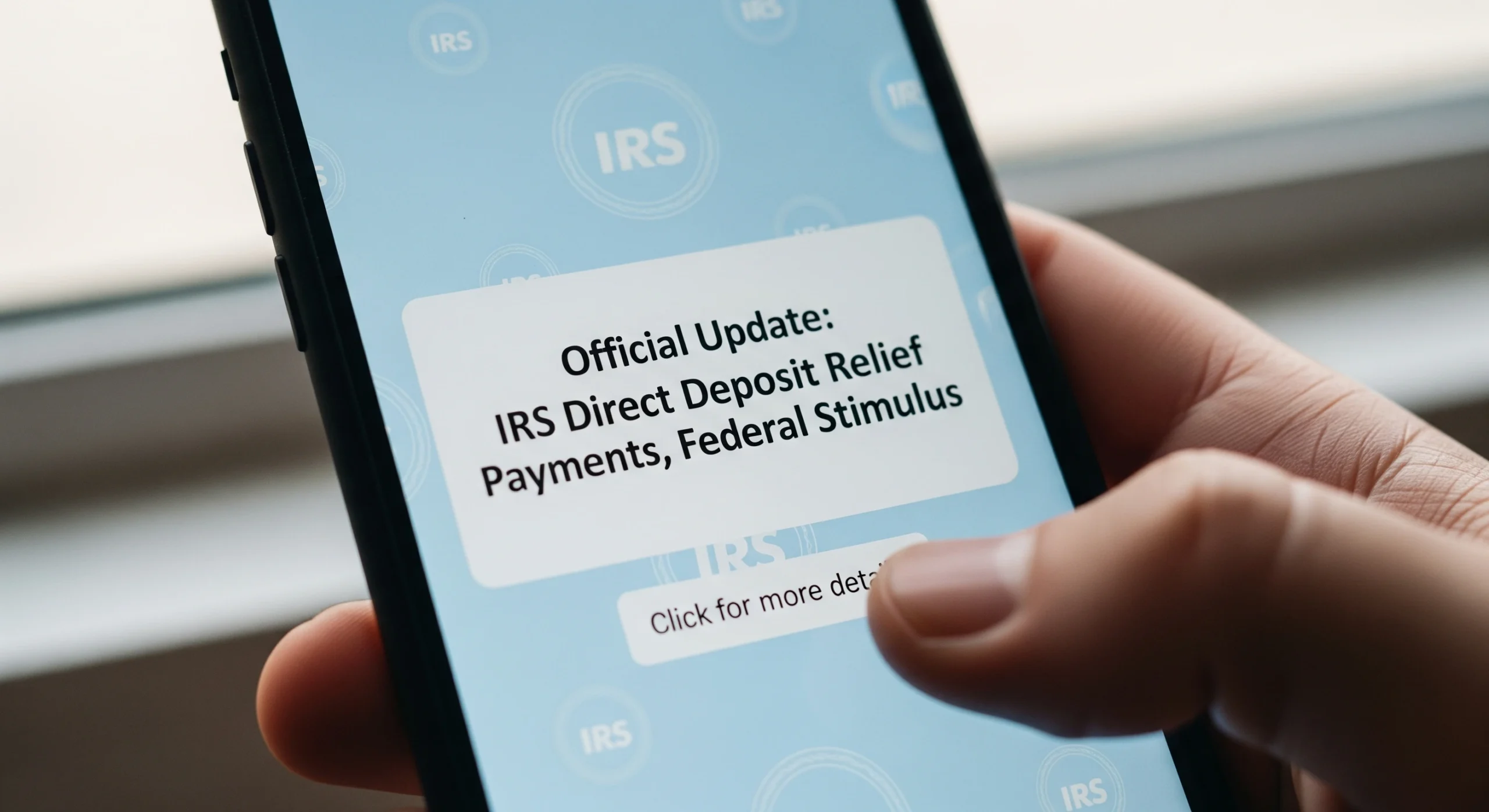
Official Update: IRS Direct Deposit Relief Payments, Federal Stimulus
Read More: Official Update: IRS Direct Deposit Relief Payments, Federal StimulusFrom official update, you can know there are IRS-approved direct deposit relief payments, stimulus checks, or federal rebate programs being issued or not for the…
-
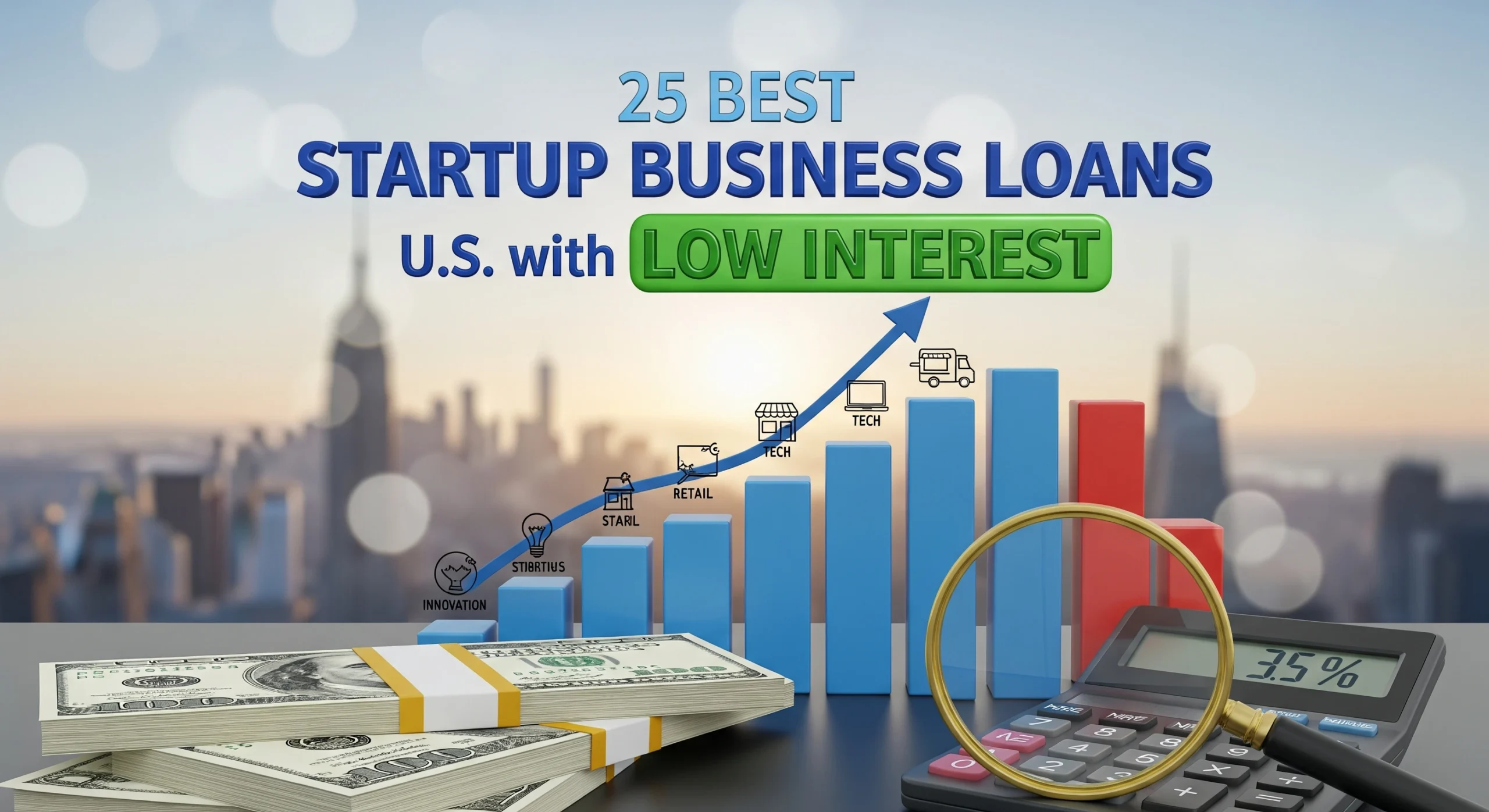
25 Best Startup Business Loans U.S. with Low Interest
Read More: 25 Best Startup Business Loans U.S. with Low InterestMost Startup failer reason is they do not have a fund. Really, They struggle to kick start their business without finance. Fortunately, several lenders in…
-
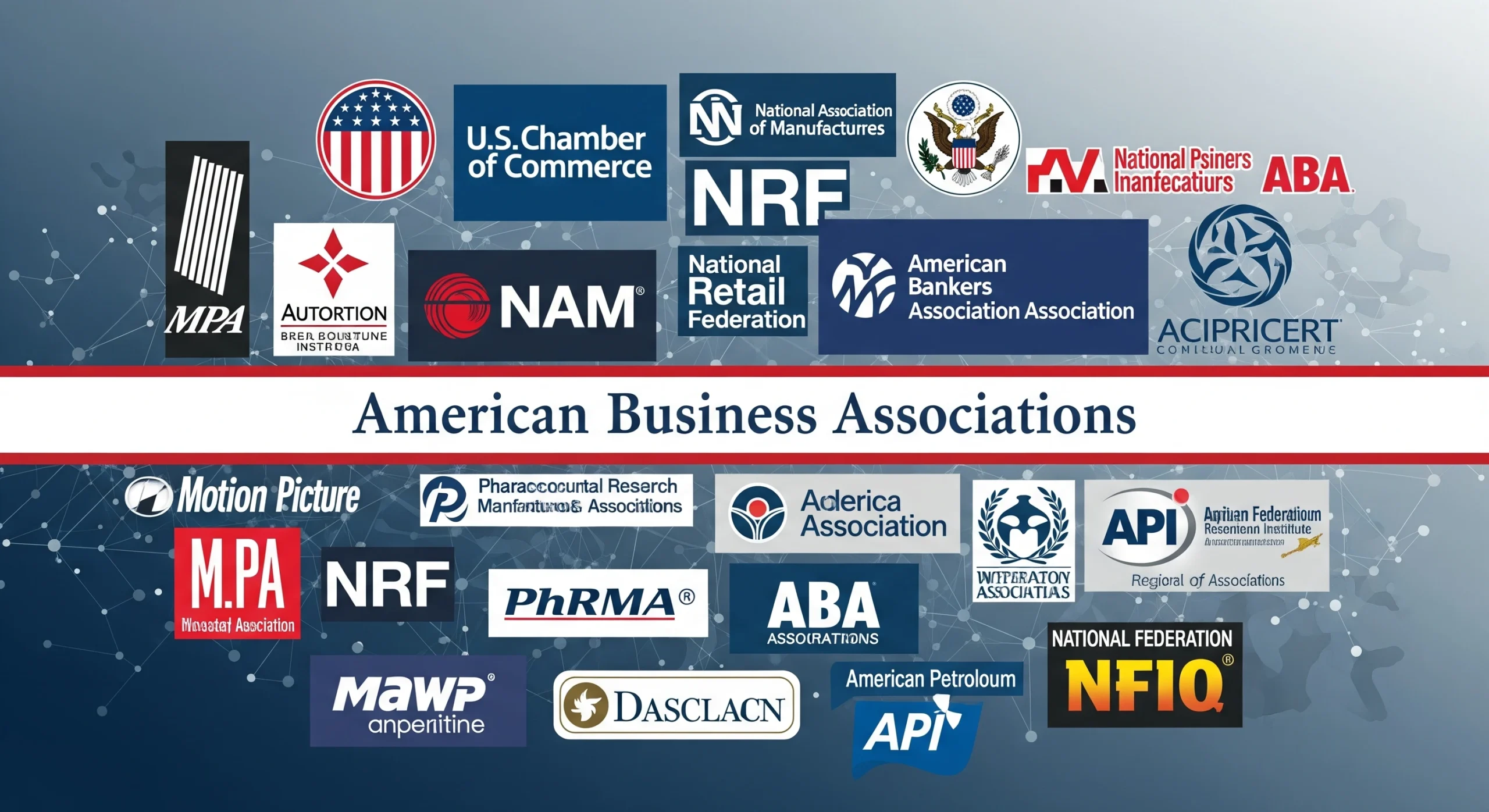
Top 20 American Business Association List for Entrepreneurs
Read More: Top 20 American Business Association List for EntrepreneursThis guide offers a clear and detailed overview of the 20 most influential business associations or professional societies in the United States. Each organization is…
-

FreshBooks Case Study: Key Performance Indicators Examples
Read More: FreshBooks Case Study: Key Performance Indicators Exampleson this page, you will learn How FreshBooks Used KPIs to Turn a Struggling Startup into a $220M Success Story with Casestudy. FreshBooks uses KPIs…
-
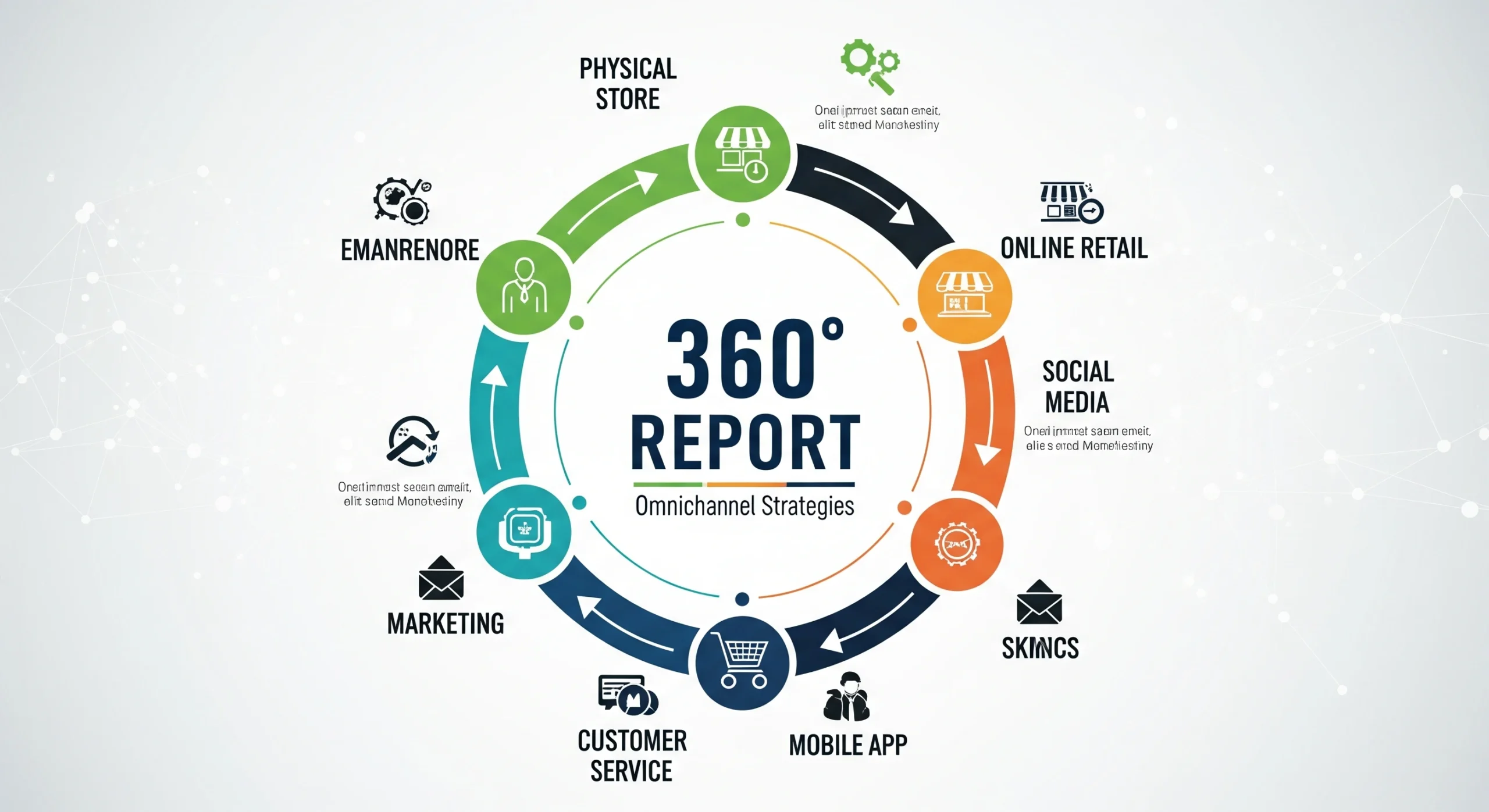
360 Report – Omnichannel Strategies
Read More: 360 Report – Omnichannel StrategiesHere, you’ll find a comprehensive 360° report on Omnichannel Strategies, detailing how leading brands integrate multiple customer touchpoints—both digital and physical—into a seamless and consistent…
-
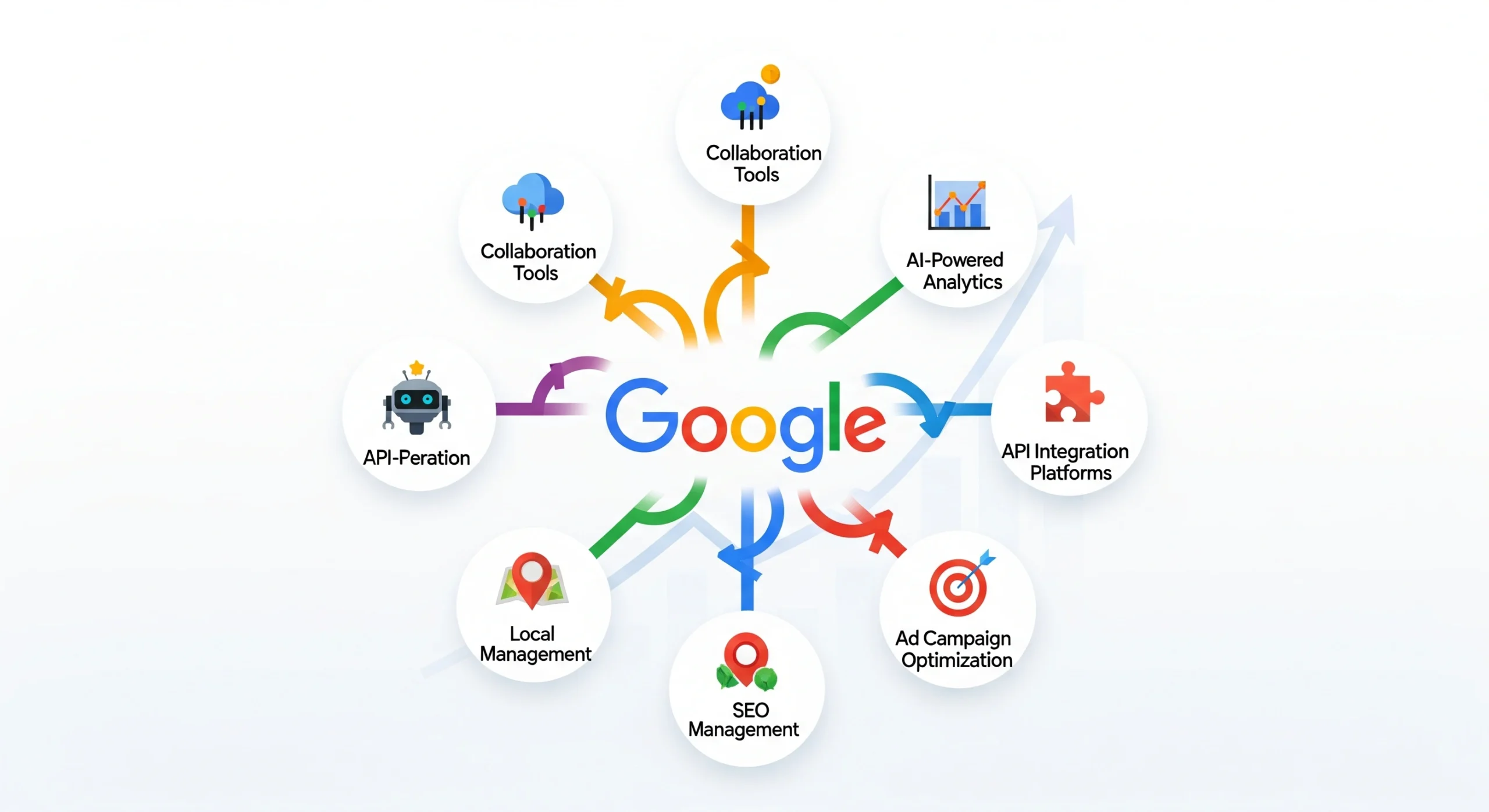
Top SaaS Business Idea based on Google Chrome Extension
Read More: Top SaaS Business Idea based on Google Chrome ExtensionHere are 29 profitable, SaaS-ready Chrome extension ideas for 2025 — each designed for low competition and high user intent. These extensions operate entirely (or…
-

Wishup Virtual Assistant for Job Seekers and Businesses
Read More: Wishup Virtual Assistant for Job Seekers and BusinessesWishup is a global platform that connects pre-vetted and trained virtual assistants with businesses and entrepreneurs. Its flexible, remote-friendly program offers career growth opportunities for…

